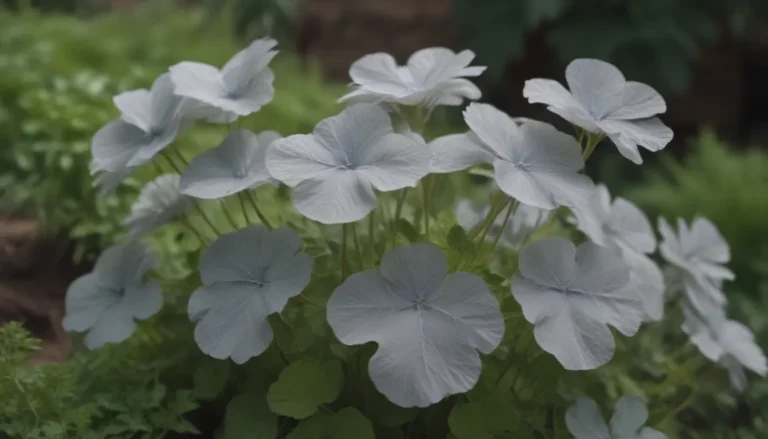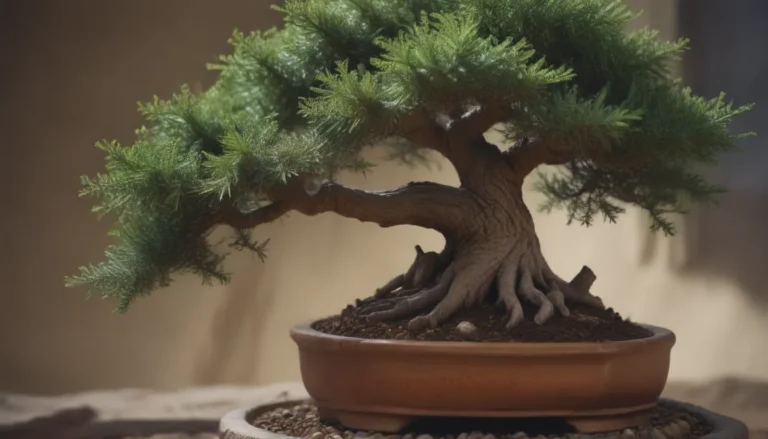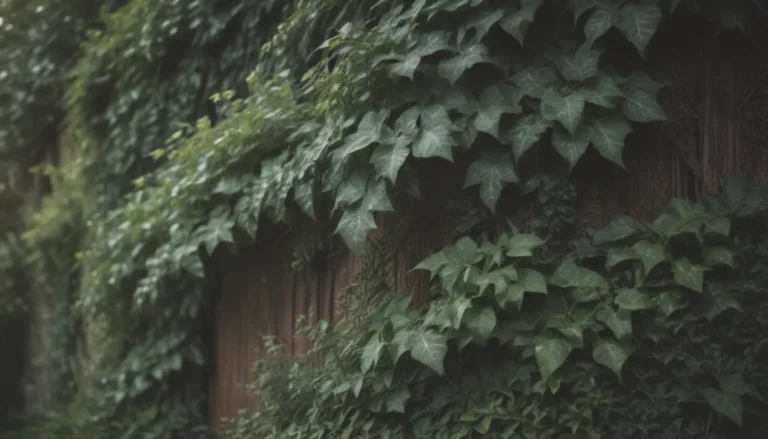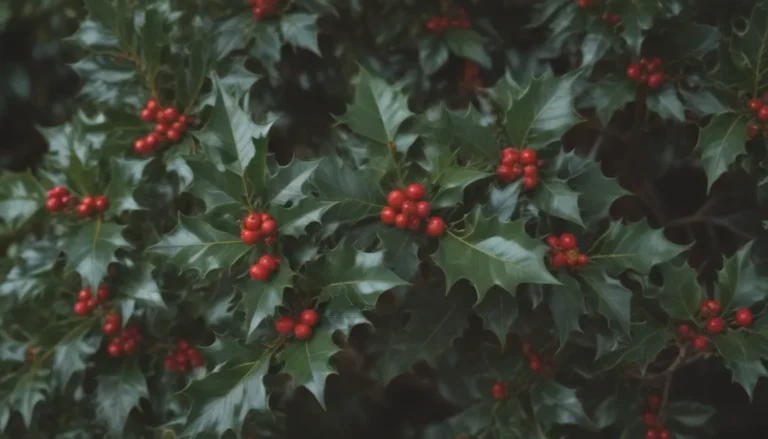Tips and Tricks to Remove House Sparrows from Your Property
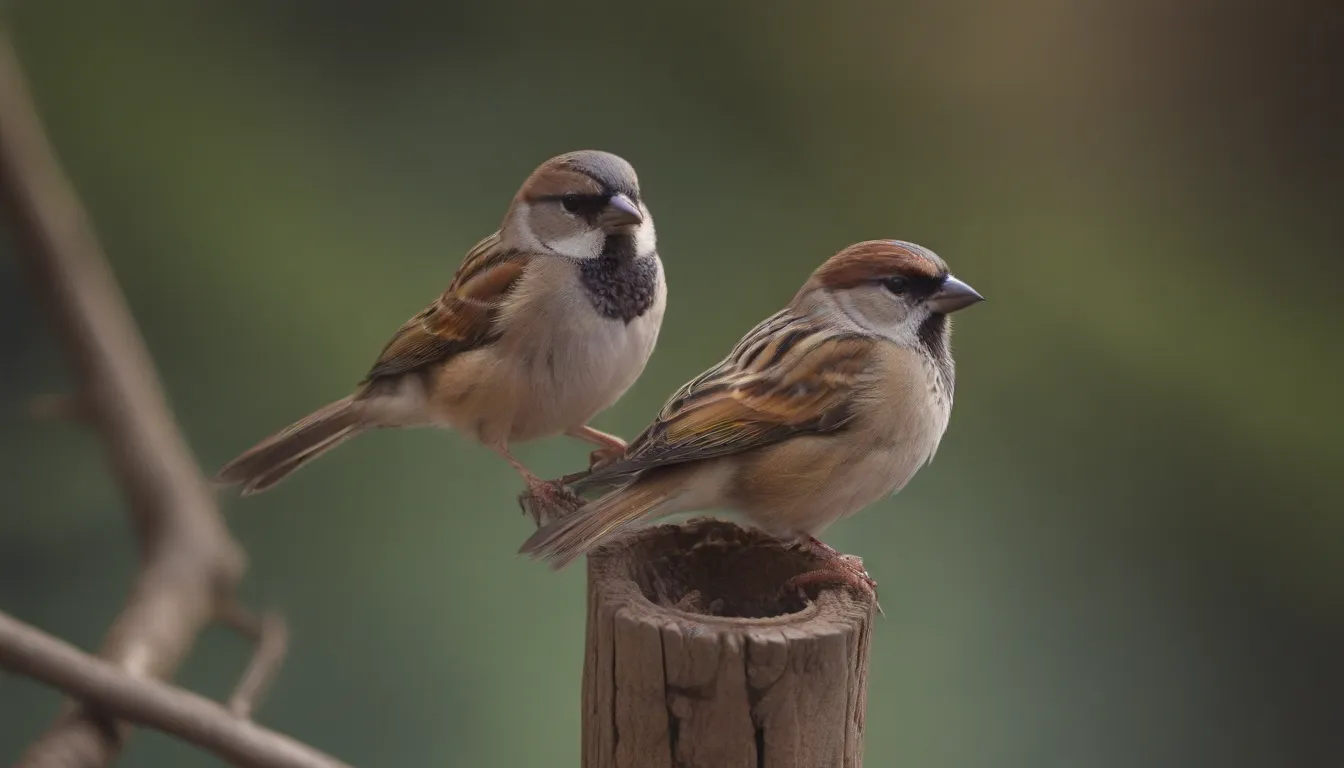
If you’ve noticed an abundance of house sparrows in your yard and want to encourage a more diverse range of bird species, you’re not alone. House sparrows, also known as Passer domesticus, are invasive birds that can cause a variety of problems for native species. But fear not, there are several effective methods you can implement to discourage house sparrows and create a more welcoming environment for other birds. In this comprehensive guide, we’ll dive deep into the world of house sparrows, explore the issues they can cause, and provide you with a detailed roadmap on how to address this challenge.
Who are House Sparrows?
House sparrows are small, recognizable birds that have become incredibly widespread around the world. Originating from the Mediterranean region, these birds were introduced to North America in the 1850s with the hope of controlling insect populations. However, their range quickly grew out of control, and they are now considered an invasive species in many areas. With an estimated 150 million house sparrows in North America alone, these birds can pose a threat to native species by competing for resources and nesting sites.
Problems Caused by House Sparrows
House sparrows can create a host of issues for native bird populations, including:
- Competing for nesting sites
- Killing adult birds, hatchlings, and eggs
- Taking over food sources
- Crowding out less aggressive bird species
While all bird species may be impacted by the presence of house sparrows, certain vulnerable species are particularly at risk. These birds are often outcompeted by house sparrows due to their aggressive behavior.
7 Strategies to Rid Your Yard of House Sparrows
To effectively deter house sparrows from your property and create a more welcoming environment for native species, you can implement the following tactics:
1. Eliminate Favorite Foods
House sparrows have specific food preferences that you can leverage to discourage them from visiting your feeders. Remove cracked corn, wheat, oats, millet, and bread scraps from your buffet and replace them with Nyjer, safflower seeds, suet, nectar, fruit, and nuts. By offering foods that are less attractive to house sparrows, you can reduce their presence at your feeders.
2. Change Feeder Styles
House sparrows prefer feeding on the ground or on large, stable feeders. Switch to clinging mesh feeders, socks, or tube feeders with shorter perches to make it more challenging for house sparrows to access food. Clean up spilled seed promptly to discourage ground-feeding sparrows.
3. Modify Water Sources
House sparrows are attracted to birdbaths for drinking and bathing. To deter them, either remove birdbaths or add uneven rocks to disrupt bathing spots. Consider using misters, drippers, or hanging bird drink stations as alternatives to traditional birdbaths.
4. Minimize Shelter
While it’s important to provide shelter for native birds, minimizing shelter for house sparrows can help reduce their presence. Keep garage doors and sheds closed to prevent birds from roosting and avoid installing bird roost boxes that may attract house sparrows. Scare house sparrows away from sheltered spots to make them more vulnerable to predators.
5. Remove Nesting Sites
House sparrows aggressively compete for nesting sites with native birds, often injuring or killing them in the process. Avoid putting up birdhouses until after April 1st, and if a house sparrow has claimed a nesting site, block the entrance hole temporarily. Opt for PVC nest boxes and smaller entrance holes to deter house sparrows.
6. Protect Native Nests
By adding a “sparrow-spooker” to nesting sites, you can deter house sparrows and protect native bird species. Sparrow-spookers consist of hanging Mylar strips that scare away house sparrows while allowing other birds to continue nesting undisturbed.
7. Attract Native Species
Encouraging native bird species to visit your yard can help reduce resources available to house sparrows. Attract birds such as wrens, jays, and warblers by offering food sources and nesting sites, creating competition that may discourage house sparrows.
What Tempts House Sparrows?
House sparrows are drawn to areas of dense human habitation where there are plentiful seeds to eat. They are considered an agricultural pest by farmers and are often found near cultivated gardens and feeding areas for songbirds. To deter house sparrows, it’s essential to limit their access to food, water, and shelter in your yard.
How to Keep House Sparrows at Bay
Preventing house sparrows from displacing native songbirds requires ongoing effort and vigilance. While passive methods can be effective in some cases, more aggressive control techniques may be necessary in severe infestations. It’s crucial to consult with wildlife management professionals before implementing aggressive measures to ensure they comply with relevant laws and regulations.
In conclusion, managing house sparrow populations in your yard can be a challenging but rewarding endeavor. By taking proactive steps to deter these invasive birds, you can create a more diverse and harmonious environment for native bird species to thrive. Remember, the key to success lies in understanding house sparrows’ behavior and implementing effective strategies to discourage them from dominating your backyard.
